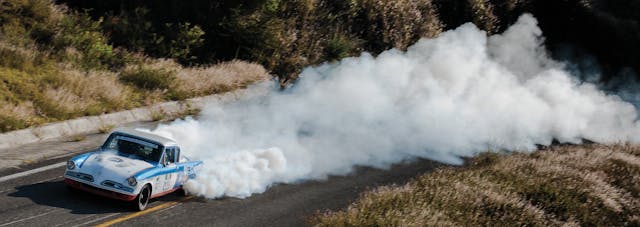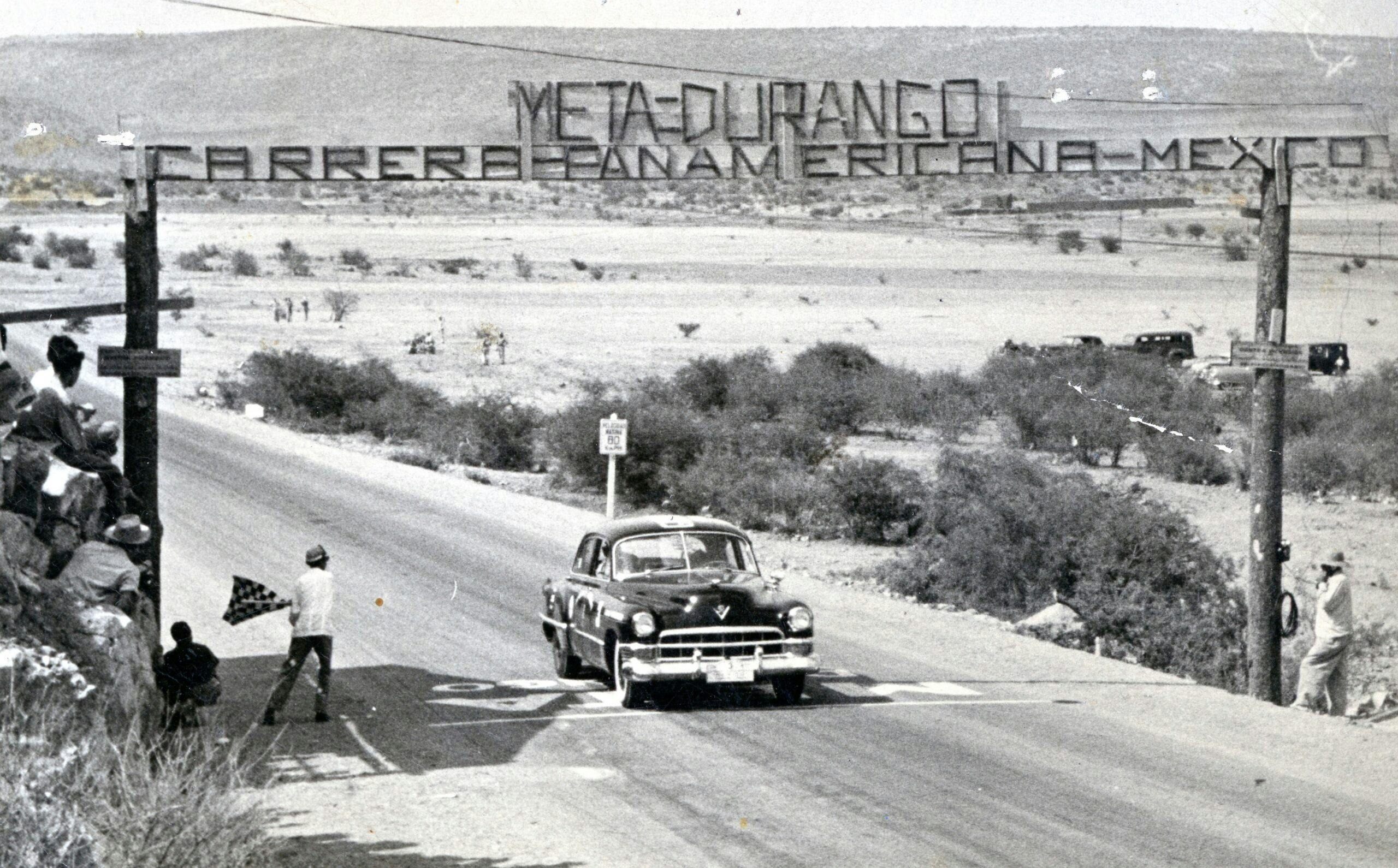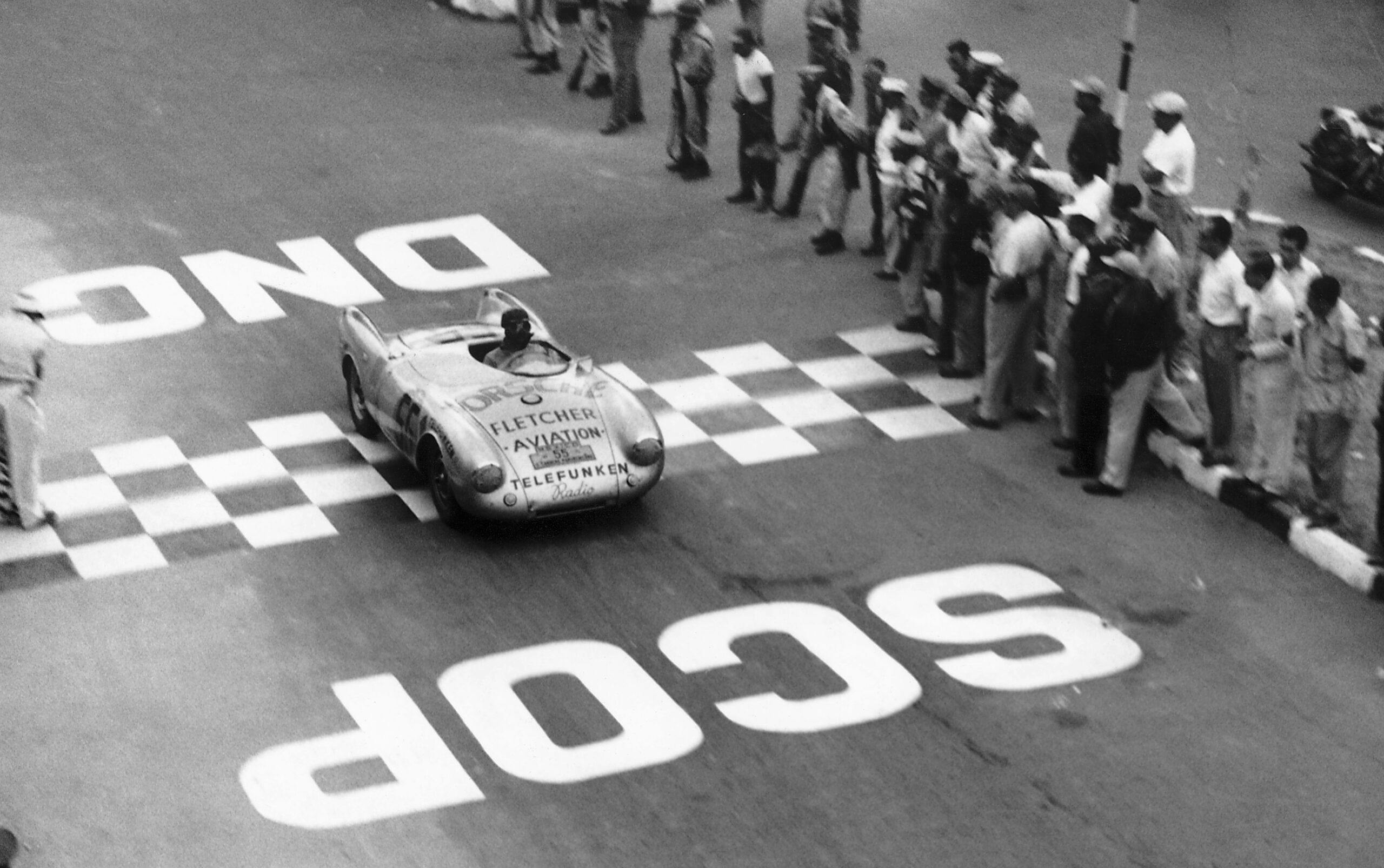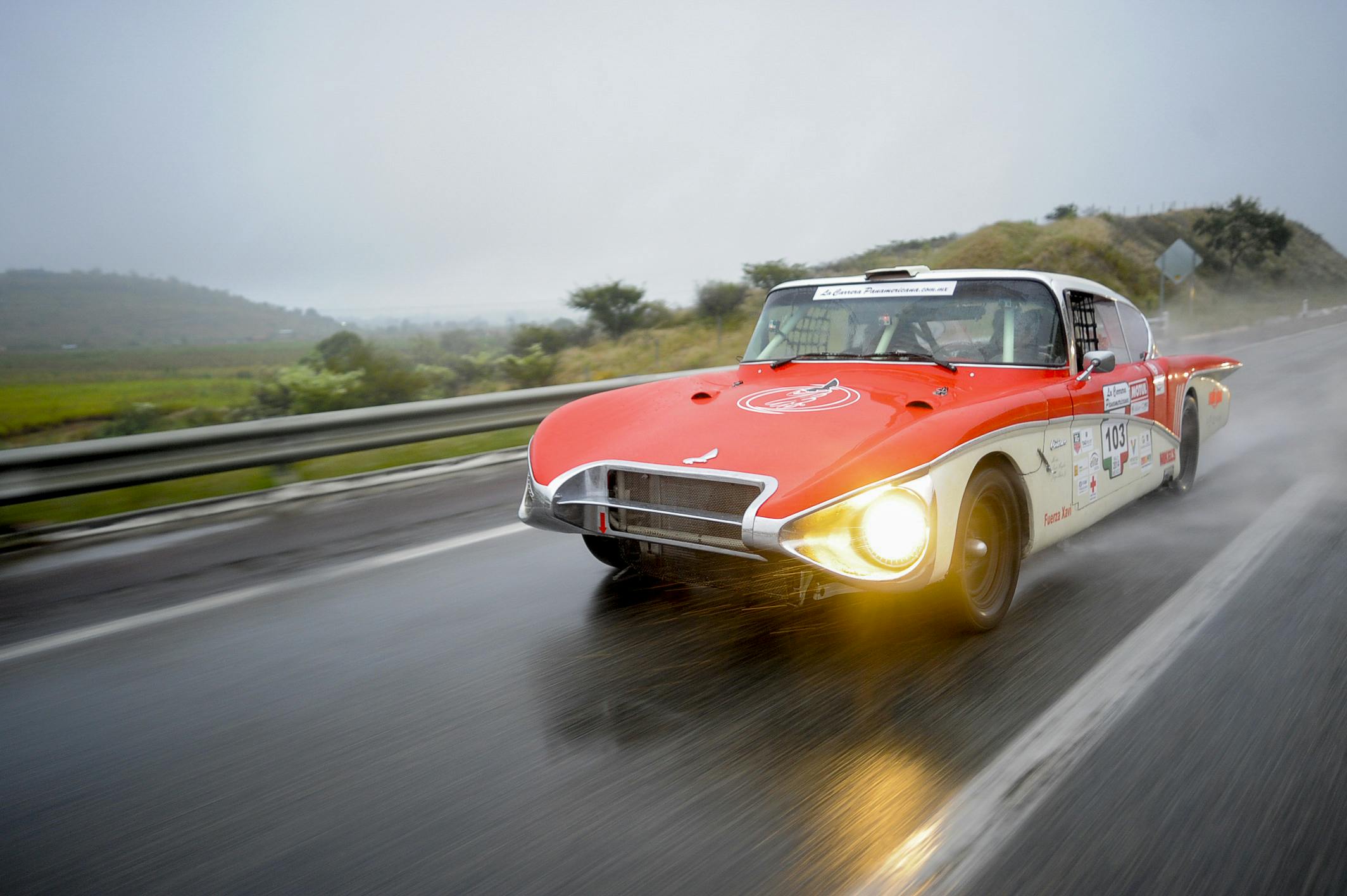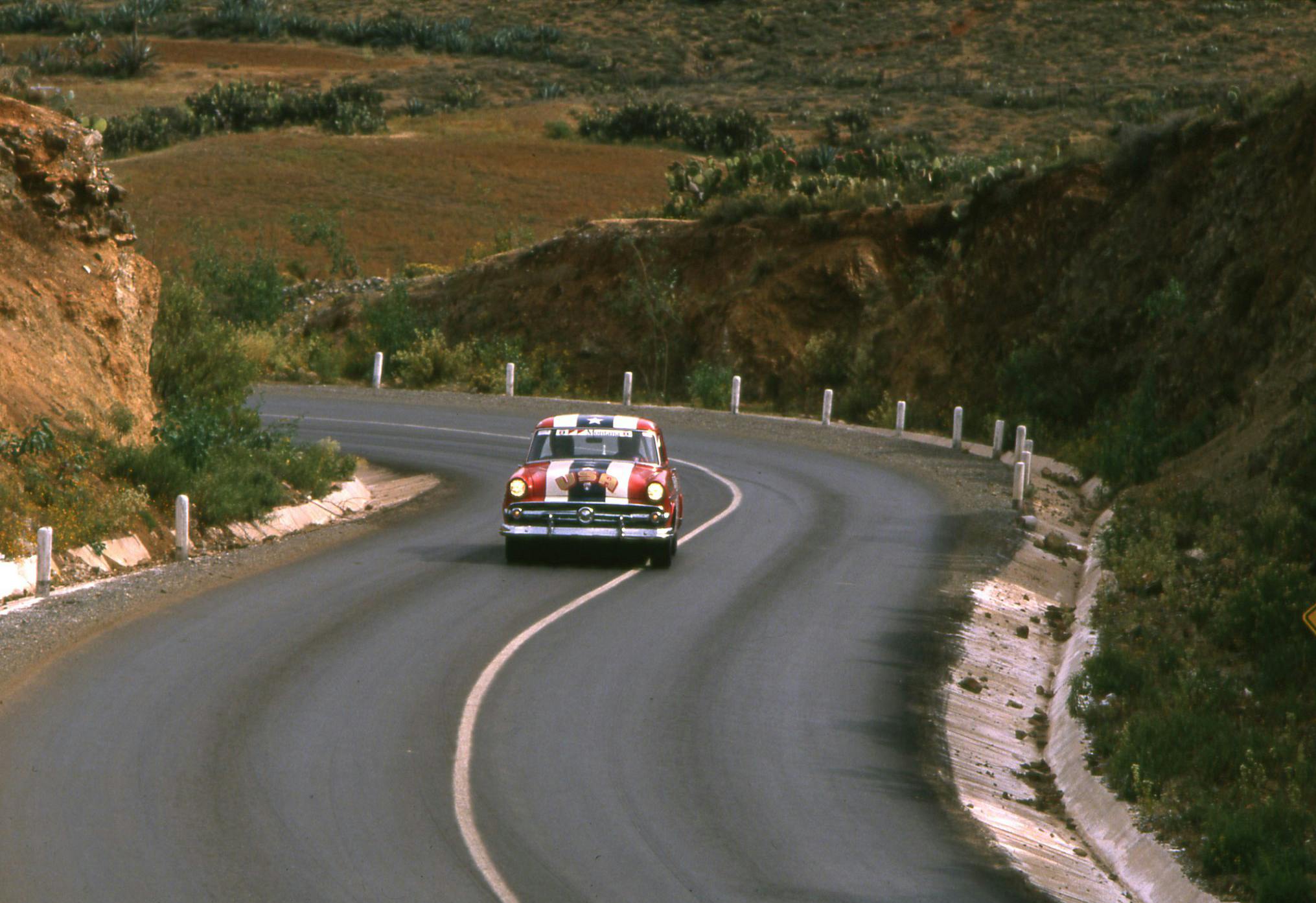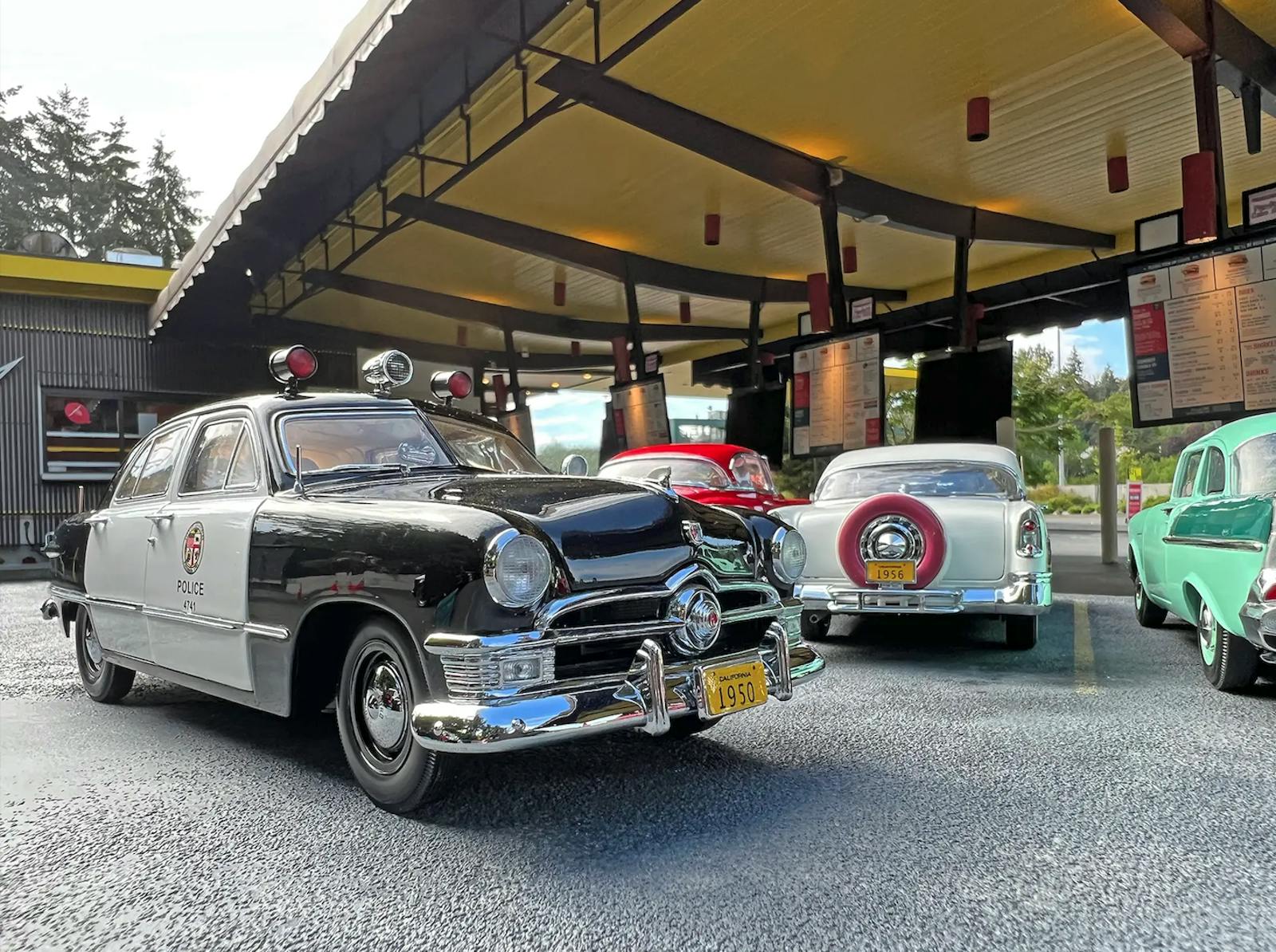Once infamous, La Carrera Panamericana brings life to Mexico’s highways
Enrique Martín Moreno had a vision for a Mexican road race to promote the country’s newly christened Pan-American highway. By 1950, his idea was spun into an international event with high-profile drivers and participants, including Mexico’s president Miguel Alemán Valdés, who sponsored two cars in the race. La Carrera Panamericana was born, and its everlasting mission aimed to boost tourism and open business opportunities for investors.
NASCAR star Hershel McGriff and co-pilot Ray Elliot won the opening race in an Oldsmobile 88. While the first couple years were limited to sedans, eventually the rulebook expanded to include more classes. Looking back through the records, you’ll find a wild array of racers, from a Porsche 356 to a Lancia Aurelia B20 GT and even the Lincoln Cosmopolitan.
It offered fame and glory for driver and manufacturer alike, but the original race only lasted four years (1950 to 1954). Safety concerns posed a danger to participants and the general public. Thankfully, this isn’t where the story of the Mexican open-road rally ends.
We’ve covered modern-day La Carrera Panamericana’s action via vintage Volvo and Porsche drivers in the past—that’s where Karen Léon enters the story.
In 1988, when she was a child, her father Eduardo rebooted the series with a group of true believers. The mission was to keep the spirit of the original race while observing modern levels of competitive safety. The route has also evolved with the times: The original race from 1950 started in the north (Ciudad Juárez) and went south (Cuauhtémoc), while the current itinerary starts in the south (Veracruz) and goes north (Durango). The original race was six days long but it now lasts a full week.
In the present day, Karen helps to keep her father’s vision alive in the preservation of the annual rally. During her interview with Hagerty, it was clear that her passion for La Carrera Panamericana runs deep. She believes the race has evolved, “much like the world,” with improved safety measures inside the car and on Mexico’s public roads.
To wit, all La Carrera Panamericana speed stages are now on closed roads, and speeding elsewhere is prohibited. Modern safety measures are necessary for future growth and a larger audience. The entry list has also grown over time, starting at around 30 cars and now swelling to 70.
Karen helps with the logistics, ensuring that La Carrera Panamericana’s route and agenda remains intact, no matter the changes in local and state governments. According to her, logistics need to be “like a Swiss watch.” The government mandates when the race ends and the road must open up to the general public at a certain time.
Back in the 1950s the race earned the reputation as dangerous, due to a lack of safety measures and a string of deadly incidents. Karen still fights against this reputation today.
One of her responsibilities is to coordinate with local police escorts at the beginning, end, and middle of the race. Under her care, La Carrera Panamericana has one police car per 20 race cars. Karen says this helps transform the the race’s image to be more spectator-friendly. An on-site medical team, replete with doctors, helps to distance the event from its treacherous beginnings.
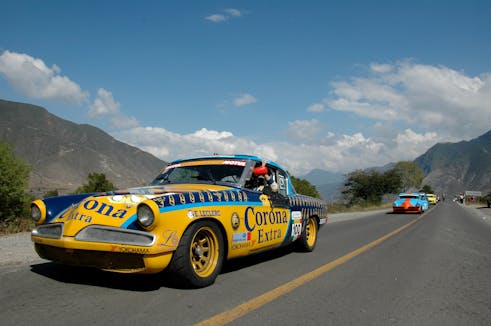
Karen also knows that local and federal authorities are watching La Carrera Panamericana’s every move—which explains her impressive attention to detail. When asked what it takes to preserve the race, she offered one succinct answer above all else: Passion. She believes that “passion moves us.” There is a love for Mexican roads, seen in the help she receives from all levels of government.
The national support rivals the passion present in La Carrera Panamericana’s participants. Karen understands and embraces the legacy she inherited and is proud that the race has blossomed since its 1988 rebirth. You can tell by the tone in her voice that she’s happy manufacturers have embraced La Carrera Panamericana’s mission. Last year, Porsche even raced the all-electric Taycan.
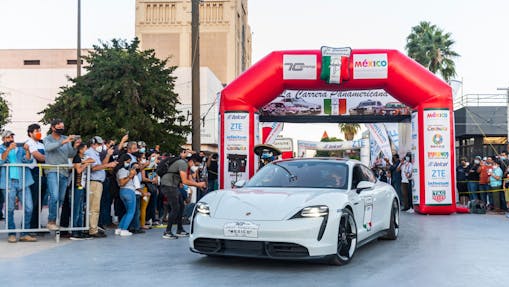
Electric rally cars prove that changes are coming, and Karen embraces them all. Thanks to the pandemic, Karen started streaming the live race for a larger audience to enjoy. Karen believes that the event only improves with the digital toolbox in her arsenal, one that’s complete with an official La Carrera Panamericana app to complement the vintage elements found in the race.
There’s also La Carrera Panamericana’s Sport and Classic Tour, a non-competitive way to experience the race and enjoy the hospitality present at every destination. Karen calls this tour an “experience of a lifetime,” and believes the event delivers “the capacity to feel things—and be enthusiastic—again.”
This tour is aimed at less-competitive drivers who simply wish to enjoy spending time with friends and family. The ambiance is cordial and exclusive; five days of fun and safe motoring. This is La Carrera Panamericana’s third year of Sport and Classic touring, and Karen is thrilled with its success seen via repeat customers and numerous referrals.
If you’re thinking repeat customers and referrals are the makings of a world-class event, you’re clearly picking up what Karen is putting down. The hospitality sector accounted for 7.1 percent of Mexico’s GDP in 2021 and is targeted to hit 8.3 percent this year. That’s close to triple the impact of tourism in the USA.
Karen is wise to offer her country’s strengths to the motorsport crowd. While seeks to preserve her father’s vision of preserving a historic race under a modern lens, Karen also understands the potential for of motorsport as an experiential destination—which makes sense when you consider her background.
As a classically trained chef from Le Cordon Bleu and The Culinary Institute of America, Karen pivoted her career to curating an automotive experience not unlike those found at the top end of fine dining. Under Karen’s guidance, not only has the new La Carrera Panamericana become a successful event for racers, it’s now a unique experience for anyone with even a remote interest in cars.
Her race is “like a tribute to Mexico,” with the people offering hospitality and parties like no other nation can. And every region offers a unique feel and experience, turning La Carrera Panamericana into what Karen calls “a big trip in just one week.”
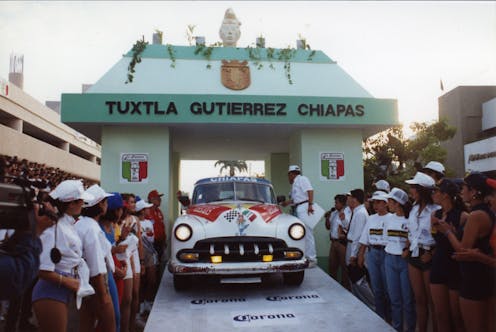
In the past life, your humble author was a travel agent. Having visited countless tourist hotspots in Mexico under the guise of a “travel agent familiarity trip,” I can’t stop thinking that Karen has curated La Carrera Panamericana as an experience for a diverse range of people. It eschews the free-for-all nature found in a modern, unnatural, all-inclusive tourist resort, as Karen has conserved the vintage, the storied past of the race series. The only vehicles that can earn the overall win are those from the original 1950–54 era, such as the Studebaker Champion that won the title this year.
“La Carrera Panamericana must evolve over time, and the race must adapt to remain relevant to clients, and to grow,” says Karen.
There’s no doubt she will carry the historical torch while broadening the appeal with passion and dedication. And the new categories she develops will only make La Carrera Panamericana even more appealing to everyone involved. (If and when the race makes its way to the Yucatan Peninsula, all this former travel agent asks is that the event should stay far, far away from one particular Hotel Zone.)
With Karen Léon at the helm, the future of the Mexico’s historic rally is bright and its founding mission unwavering.
Check out the Hagerty Media homepage so you don’t miss a single story, or better yet, bookmark it.
